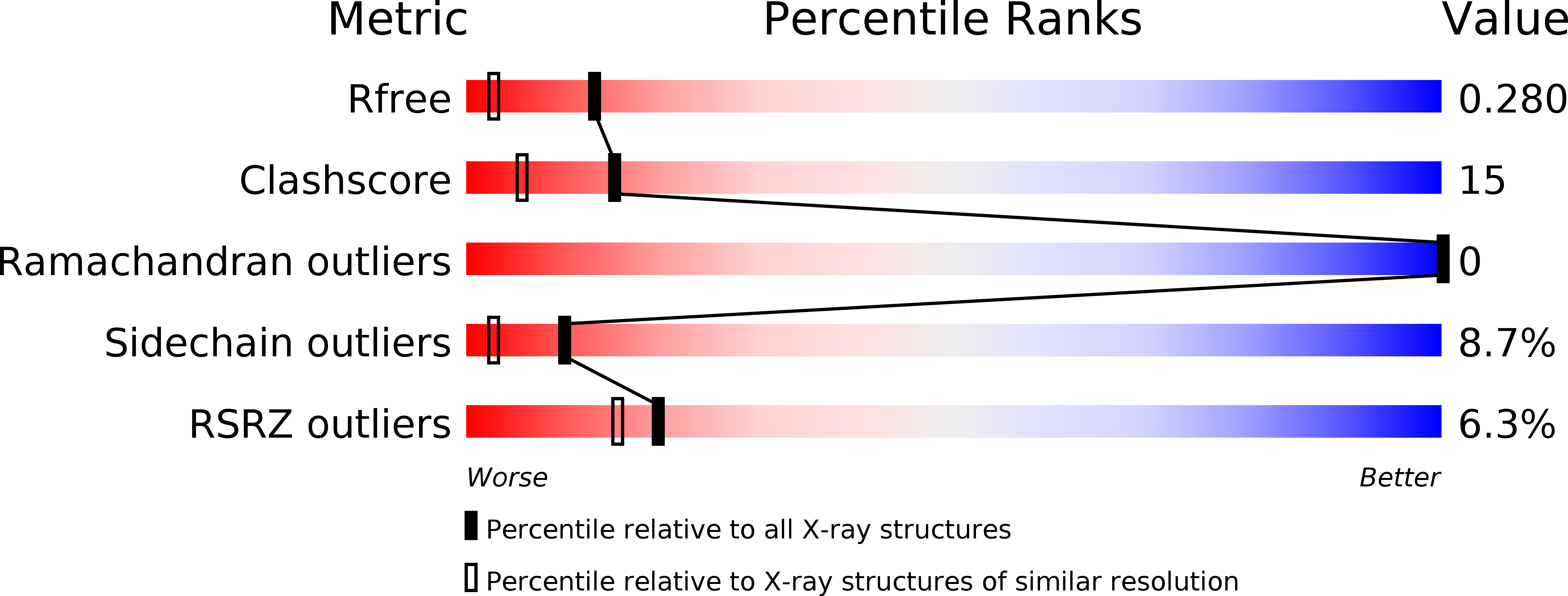
Deposition Date
2008-03-13
Release Date
2008-12-30
Last Version Date
2023-08-30
Entry Detail
PDB ID:
3CJK
Keywords:
Title:
Crystal structure of the adduct HAH1-Cd(II)-MNK1.
Biological Source:
Source Organism:
Homo sapiens (Taxon ID: 9606)
Host Organism:
Method Details:
Experimental Method:
Resolution:
1.80 Å
R-Value Free:
0.28
R-Value Work:
0.22
R-Value Observed:
0.23
Space Group:
P 21 21 21


